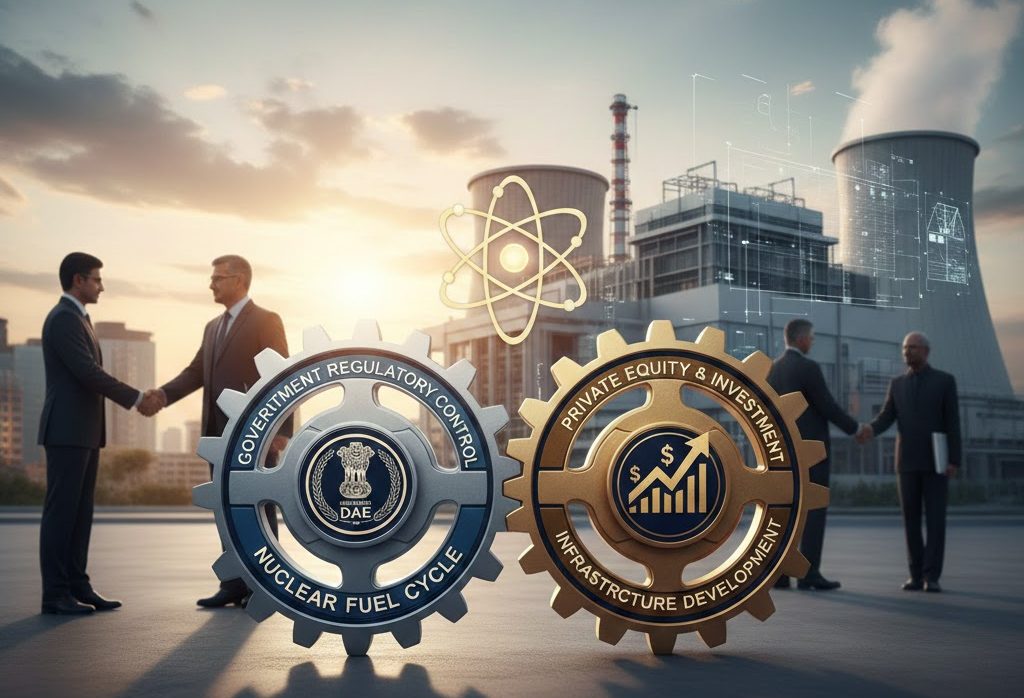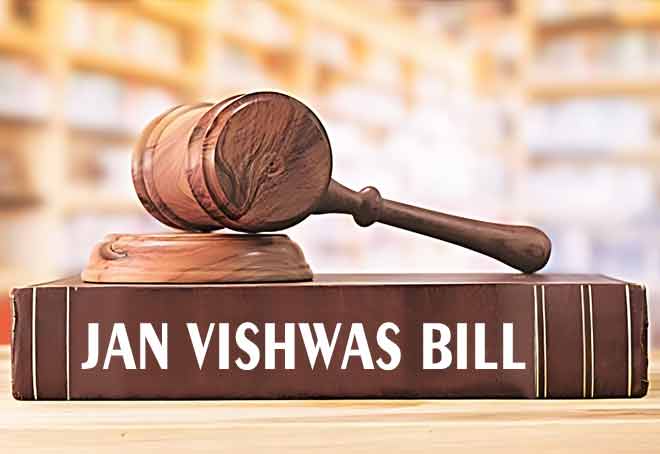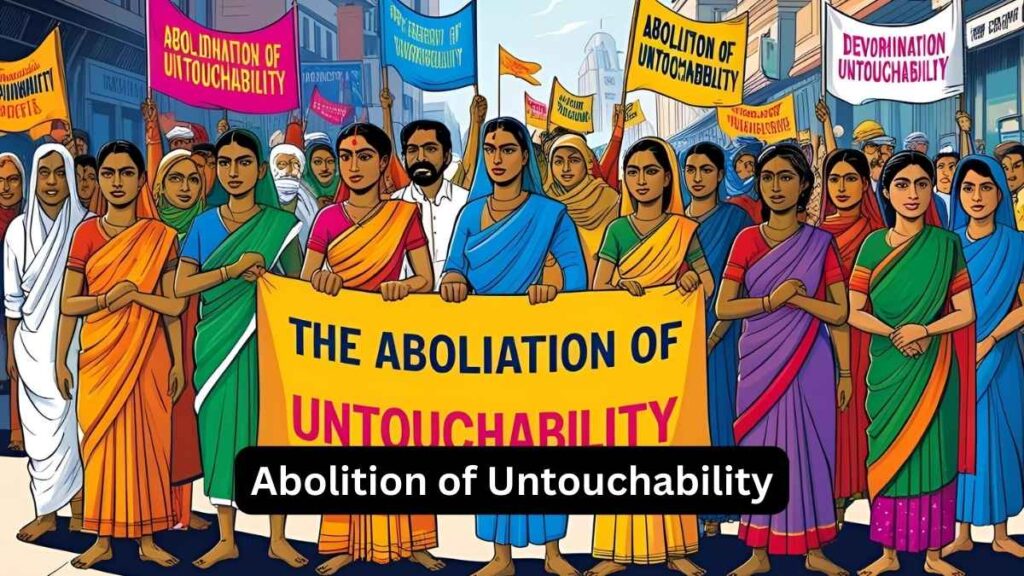Font size:
Print
Airports Authority of India (AAI) Promotes Green Energy Initiatives
Context: AAI installed solar power plants at various airports for the generation and self-consumption of green and renewable energy, promoting green energy usage.
Green Energy Transformation at Indian Airports:
- 100% Green Energy Utilisation: AAI aims to achieve 100% green energy utilisation at all operational airports by 2024 with a subsequent goal of attaining net-zero emissions by 2030.
- Earlier, AAI stated that 44 airports converted to 100% renewable energy, further, the goal is to make another 121 airports carbon neutral by 2025.
- Transition to Green Energy: Since 2014, a total of 73 airports have transitioned to 100% green energy usage, with 25 airports currently achieving this milestone.
- Notably, Cochin Airport is recognised as the world’s first fully solar-powered airport.
- Carbon Neutrality Efforts: Delhi Airport has been carbon neutral since 2016, aligning with the Airport Carbon Accreditation program.
Airports Council International – Global Framework
- The Airports Council International (ACI) introduced the Airport Carbon Accreditation programme, establishing a global benchmark for carbon management at airports.
- Delhi and Mumbai airports have attained the highest level of carbon accreditation (Level 4+) from the ACI.
- Solar Power Installation: AAI has installed solar power plants at various airports, contributing to a cumulative capacity of over 54 MWp.
- These installations are part of AAI’s strategy to generate and utilise renewable energy for self-consumption, thereby reducing reliance on conventional energy sources.
- The authority is also procuring around 53 million units of solar energy through open access, enhancing the renewable energy share to approximately 35% of total electrical consumption across AAI airports.
Initiatives/measures Taken:
- By Ministry of Civil Aviation (MoCA):
-
- It organised knowledge sharing sessions to standardise the Carbon Accounting and Reporting framework of Indian Airports as well as to create awareness on Climate Change mitigation.
- It advised all operational Brownfield and upcoming Greenfield airport operators to:
- Pursue carbon neutrality and net zero, including using 100% green energy.
- Obtain accreditation from ACI or ISO 14064 (an international standard for quantifying and reporting greenhouse gas emissions) through approved verifiers.
- Implement carbon mitigation measures and management plans with set milestones.
- It advised the Airports Economic Regulatory Authority to factor in costs of green energy use when determining airport tariffs.
- The Ministry of Petroleum & Natural Gas established the Bio-Aviation Turbine Fuel (ATF) Programme Committee to advance the Bio-ATF initiative and encourage the use of clean fuels.
- Central Air Traffic Flow Management (C-ATFM) helps AAI strategically manage air traffic, reducing delays, optimising capacity, and consequently lowering fuel consumption and Greenhouse gas emissions.
- Sustainable Green Airports Mission (SUGAM) by AAI aims to promote environmental sustainability at airports through initiatives such as:
- Reducing carbon footprint, enhancing energy efficiency and adopting green practices.

International Efforts:
- Carbon Offsetting & Reduction Scheme for Aviation (CORSIA) by International Civil Aviation Organisation (ICAO) aims to reduce emissions from international aviation by requiring offsets above a baseline value.
- The scheme has three phases: Pilot Phase (2021-2023), First Phase (2024-2026) and Second Phase (2027-2035)
- Pilot and First Phases are voluntary, while Second Phase is mandatory for ICAO member states.
- India opted out of voluntary phases, with offsetting requirements for Indian carriers starting in 2027.
- Economic Survey 2023-24 states that a key challenge for the aviation sector is meeting the mandatory phase of CORSIA, starting in 2027.
- As an ICAO member, India must comply by using sustainable aviation fuel (SAF) or purchasing carbon credits from ICAO-approved programs.
- However, no ICAO-approved emissions unit programs are available in India to supply eligible carbon credits.
- Additionally, SAF costs 3 to 5 times more than fossil ATF, depending on production methods.
- The scheme has three phases: Pilot Phase (2021-2023), First Phase (2024-2026) and Second Phase (2027-2035)
- Clean Skies for Tomorrow (CST), an initiative by the World Economic Forum, aims to help aviation achieve net-zero emissions by promoting sustainable aviation fuels.


